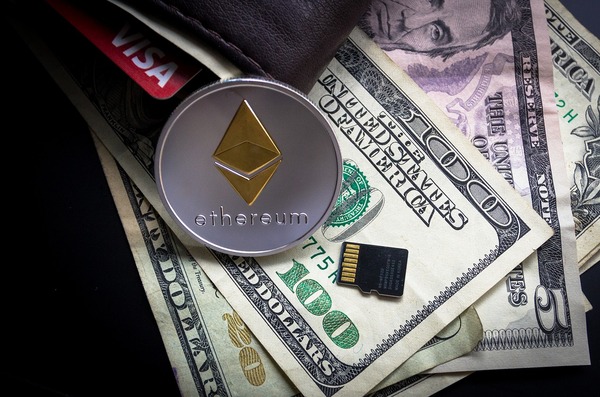
The ICO market has been criticized by the cryptocurrency community for the high number of scams and sub-par blockchain projects that have managed to raise substantial amounts of money without ever delivering an actual product. To change this, Ethereum founder and blockchain thought leader Vitalik Buterin has suggested a new token-based fundraising model he calls DAICO.
What is a DAICO?
DAICO stands for Decentralized Autonomous Initial Coin Offering and, as the name suggests, combines the benefits of decentralized autonomous organizations (DAOs) and initial coin offerings (ICOs).
DAICOs improve on the current ICO funding model by providing investors with a degree of control over their funds once the fundraising period is over. In a DAICO, investors are able to control how much of the raised funds developers can access and at what frequency. Furthermore, investors are able to have their funds returned if the project does not hit its proposed milestones.
How does a DAICO function?
According to Buterin’s proposal, an Ethereum-based DAICO would start with a smart contract on which all rules of the DAICO are built. The smart contract would initially be coded to provide investors with the new digital token in exchange for Ether (ETH) during what he coins as the “contribution period”.
Once the fundraising period for the DAICO is complete, the smart contract starts a new function referred to as a tap. The tap is programmed to enable investors to decide how much of the raised Ether (ETH) the project’s developers can withdraw per second. Investors can vote on how high or low that number should be.
DAICO smart contracts also come with a “self-destruct” function that allows investors to vote on the dissolution of the contract and the repayment of their remaining invested Ether (ETH), should the project not meet their expectations.
“The intention is that the voters start off by giving the development team a reasonable and not-too-high monthly budget. […] If the voters are very unhappy with the development team’s progress, they can always vote to shut the DAICO down entirely and get their money back,” Buterin wrote.
What DAICOs Bring to the Table
By providing investors with more control over their investments, DAICOs have the potential to increase funding amounts for blockchain startups as well as boost investor confidence in this new digital asset class.
Under the DAICO model, it would be de facto impossible to defraud investors out of their money and underperforming projects would be quickly filtered out while allowing investors to receive a percentage of their invest funds back at will. This could greatly improve the current status quo of the digital token fundraising market, where investors are entirely at the mercy of the project’s developers once the token sale period is complete. Hence, replacing ICOs with DAICOs could reduce risks for investors, which, in turn, could see more investor funds flowing into these investments.
The main drawback of DAICOs is that if the newly-issued token would be a utility token (as opposed to a security token), there is still a substantial amount of regulatory risk embedded in the investment. In most jurisdictions, the jury is still out on whether all ICO tokens will be categorized as securities or whether utility tokens will escape regulation. For DAICOs to become the new ICOs, they will need to come in a regulated format for mass adoption to take place.
If you want to learn more about initial coin offerings, check out our initial coin offerings page and subscribe to the Bitcoin Market Journal newsletter.

